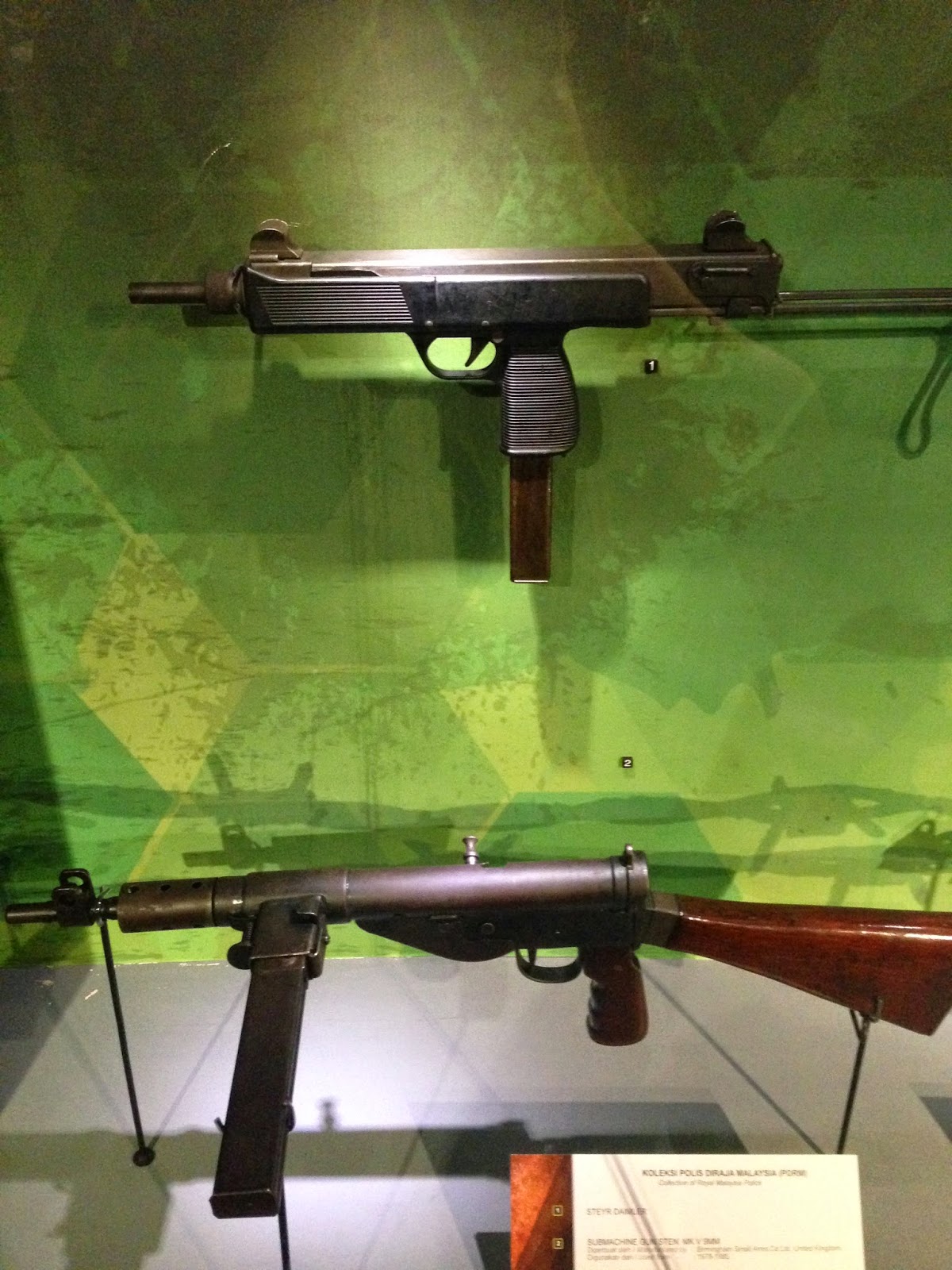Small size, quiet motors let aircraft find target, sneak in and deliver knockout blow.
 |
| The backpack-size "Switchblade" drone and its launch tube give individual soldiers a new level of precise control over an explosive weapon. |
Soldiers who fly hand-launched drone scouts to spot enemies on the battlefield may soon get a deadly robotic device capable of also delivering a knockout blow. The U.S. Army has ordered its first batch of small suicide drones that are capable of launching from a small tube, loitering in the sky and then diving at a target upon command.
The backpack-size "Switchblade" drone and its launch tube give individual soldiers a new level of precise control over an explosive weapon. Rather than calling in supporting artillery fire or airstrikes, soldiers can simply launch the Switchblade from out of sight, confirm a target on a live video feed from the drone, and then command the robotic device to arm itself and fly into the target at high speed.
"The unique capabilities provided by the Switchblade agile munition for standoff engagement, accuracy and controlled effects make it an ideal weapon for today's fight and for U.S. military forces of the future," said Bill Nichols, deputy product director at the Army's Close Combat Weapons Systems project office.
Operators can even call off strikes at the last second after arming the Switchblade. That kind of control allows soldiers to retarget in case an enemy moves out of sight, or avoid collateral damage if a civilian wanders too close.
The drone, created by AeroVironment, is able to fly in both autonomous robot mode or as a remotely piloted air vehicle. Either way, its small size and quiet electric motor allow it to approach targets without warning. It can even switch off its motor and glide in for a stealthy attack.
"Just as our small unmanned aircraft systems provide game-changing reconnaissance capabilities to ground forces, Switchblade provides a revolutionary rapid strike capability to protect our troops and give them a valuable new advantage on the battlefield," said Tom Herring, AeroVironment senior vice president and general manager of Unmanned Aircraft Systems.
AeroVironment received a $4.9 million contract from the Army's Close Combat Weapons Systems on June 29. The company publicly announced the deal on Sept. 1.
Article from :
http://www.msnbc.msn.com/id/44412133/ns/technology_and_science-innovation/#.Tmbr6mqAYdU
















































